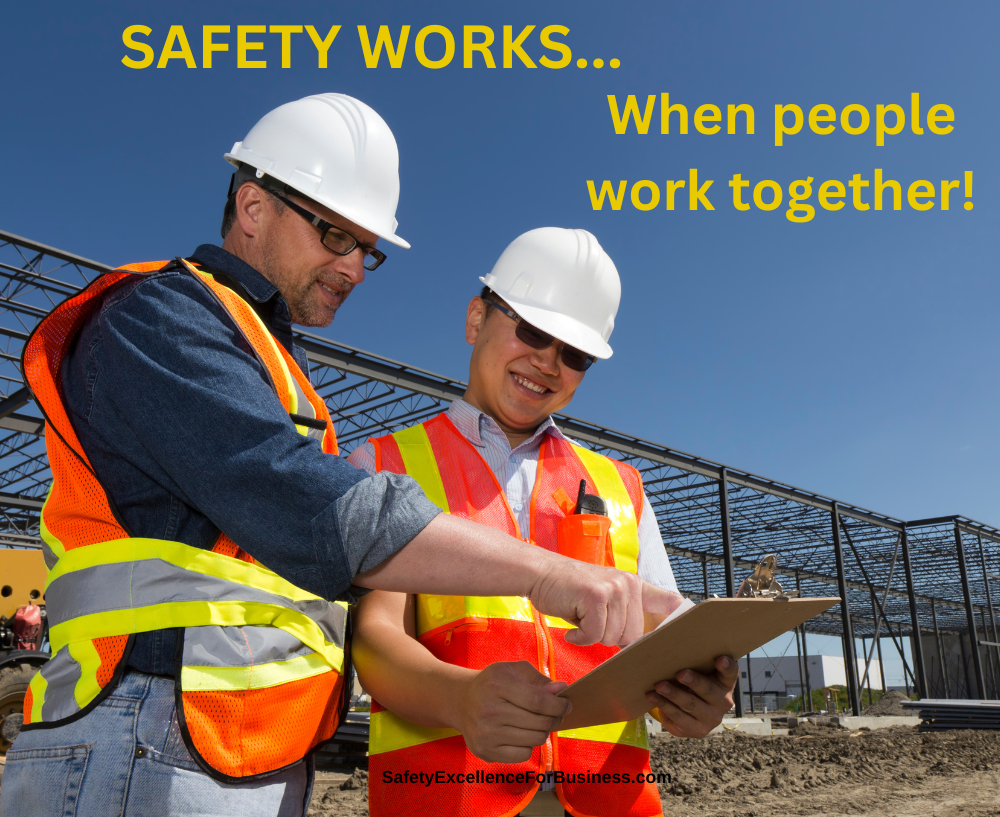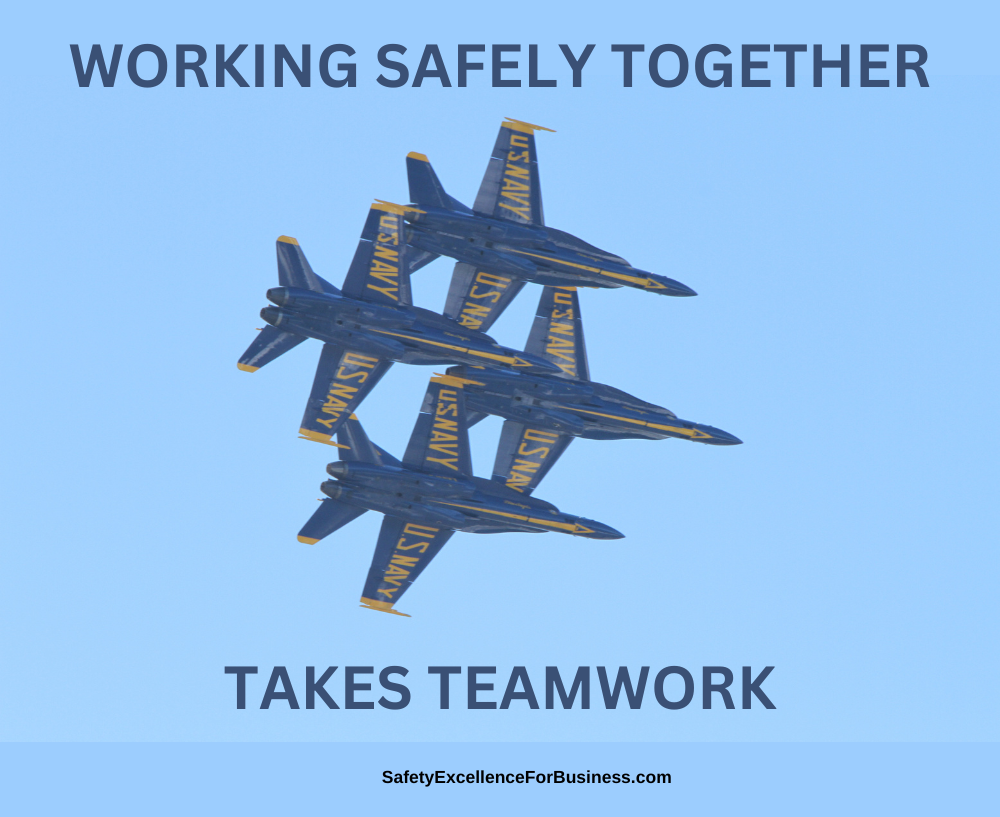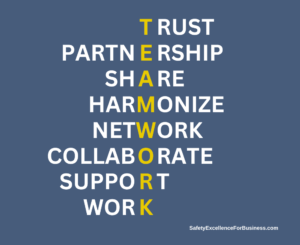There’s a need for the crucial conversations to help the people in the organization to raise their awareness and identify ways to improve how they do their work together.
We often fall into routines, and skip thinking and talking about ways to improve things. Sometimes safety consultants are brought in to talk about the need to change the mindset of the workers and improve their safety culture.
I have a real problem with this approach.
The word “worker” sends a message that these people are somehow below us and maybe not so smart as we are. This is a terrible message. These people who are doing the work are really not much different than the rest of us. They have families, are paying their mortgages, paying their credit card debts, buying cars, etc. Most of the time they do their work safely and well. Why do we so often, at work, treat them as somehow inferior? In my experience, trying to fix and change someone’s mindset is a hard sell, meeting with resistance and often resentment.
Many of these “change” consultants offer various ways to change the culture, hoping that the people’s mindsets will also change. Most of these changes come across like New Years Resolutions. They sound good, but after a month or two, we drift back to our old habits and nothing really changes.
Change is a process and not a thing.
In my experience change comes about as we work together on something we need to improve, find better ways to do the work to make the improvement, agree on how we will do the work and then do the work. Change comes about through the experience of doing the work itself, together, and learning from that experience. The process looks something like this picture.
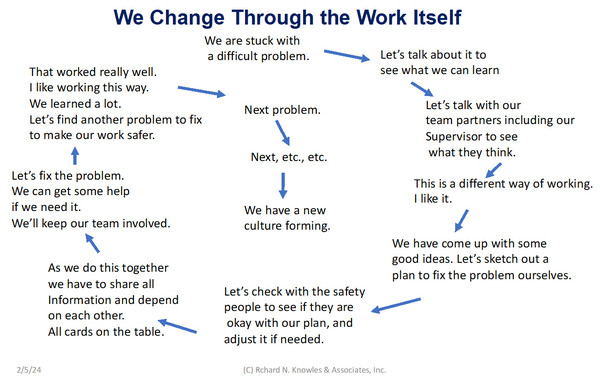
This way of working requires open, honest conversations where everyone feels safe enough to share and contribute. As we learn together, amazing improvements begin to emerge. Visualize this as a learning helix. Each step lifts us from level to level.
The people who are close to the work have the best knowledge of what needs to be done. They do not have it all, so they need to talk with people outside the group like safety professionals, engineers, and others to be sure their ideas are the best they can be.
It will be interesting for you to talk together about these ideas. It would be fun to see how it works for you and your organization. Make a modest start and see what happens.
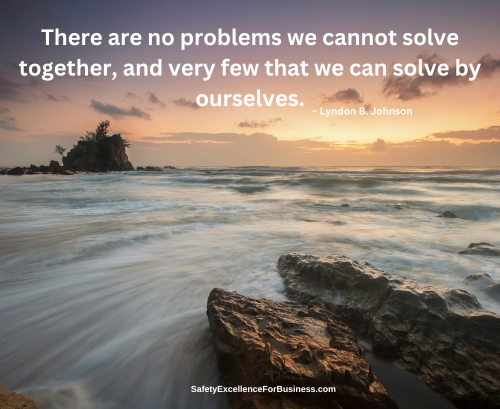
As leaders in workplaces, we need to do better. Give me a call at 716-622-6467 or contact me via email and let’s talk about how you can do this – working with a real problem and genuinely involving the people – sharing their best to make it happen together.
